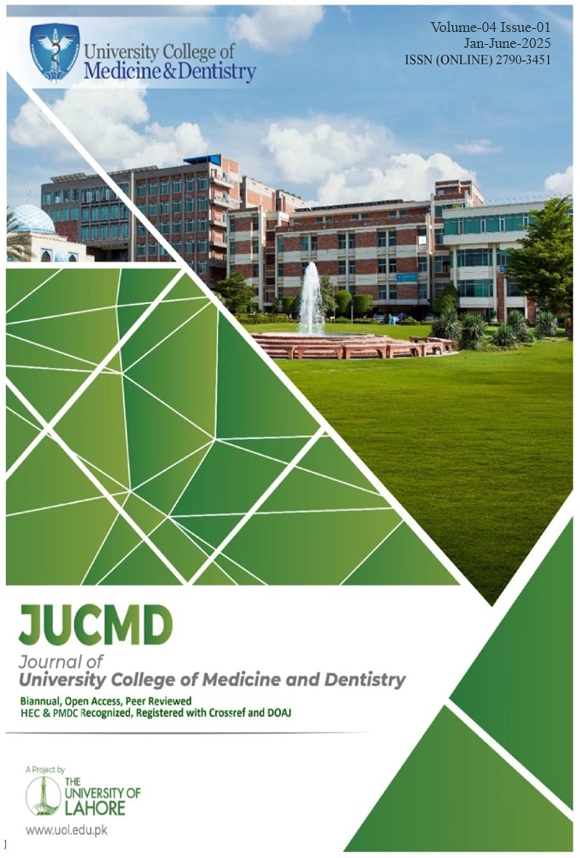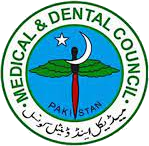Histological and Biochemical Alterations Underlying Statin-Associated Pancreatic Toxicity in a Rat Model
DOI:
https://doi.org/10.51846/jucmd.v4i1.3160Keywords:
Simvastatin, pancreatic toxicity, histology, inflammation, congestion, necrosis, fibrosis, cytokinesAbstract
Objective
To investigate the histological and biochemical alterations in the pancreas associated with statin-induced toxicity using a rat model.
Methodology
A one-year laboratory-based experimental control trial conducted at department of anatomy of a public sector medical college in Rawalpindi, in collaboration with the National Institute of Health (NIH) Islamabad and Armed Forces Institute of Pathology (AFIP) Rawalpindi. Twenty male Sprague-Dawley rats were assigned to the control group and another twenty to the experimental group. For a duration of 12 weeks, the experimental group was given 60 mg/kg/day of simvastatin orally, whereas the control group was given water and a conventional diet. The following characteristics were measured: body weight, pancreatic weight, biochemical parameters (cytokines, enzymes), and histological alterations (congestion, necrosis, fibrosis). Version 23 of the Statistical Package for the Social Sciences (SPSS) program was used to analyze the data. Qualitative variables were expressed as percentages and frequencies. The statistical significance was defined as P < 0.05. Chi-square analyses contrasted the qualitative factors among the groups.
Results
Compared to controls, the simvastatin group showed significantly increased mean pancreatic weight (p=0.043), congestion (55% vs 0%, p<0.001), higher levels of CRP (p<0.030), IL-6 (p<0.040), and TNF-α (p<0.040). Trends of mild necrosis (25% vs 5%, p=0.182) and interstitial fibrosis (15% vs 0%, p=0.231) were observed but not statistically significant.
Discussion
This work shows that simvastatin significantly affects the pancreatic histomorphology and biochemical parameters in rats. It causes a noticeable amount of necrosis, interstitial fibrosis, and changes the pancreatic biochemical profile. These changes raise the possibility of long-term statin-associated pancreatitis and endocrine/exocrine dysfunction. Using a stable animal model, these new findings offer distinctive insights into the impact of simvastatin on pancreatic morphology.
Conclusion
Simvastatin profoundly impacts pancreatic histomorphology, warranting further investigation into mechanisms of toxicity and close monitoring of patients for pancreatic adverse effects during statin therapy.
Downloads
Published
How to Cite
Issue
Section
License
Copyright (c) 2024 Abdullah Qamar, Hammad Gul Khan , Arsalan Manzoor Mughal, Muhammad Marghoob Khan, Nomana Mahmood, Kaukab Anjum

This work is licensed under a Creative Commons Attribution 4.0 International License.
Authors retain copyright and grant the journal right of first publication with the work simultaneously licensed under a Creative Commons Attribution 4.0 International License that allows others to share the work with an acknowledgment of the work's authorship and initial publication in this journal.
Authors are able to enter into separate, additional contractual arrangements for the non-exclusive distribution of the journal's published version of the work (e.g., post it to an institutional repository, in a journal or publish it in a book), with an acknowledgment of its initial publication in this journal.
Authors are permitted and encouraged to post their work online (e.g., in institutional repositories or on their website) prior to and during the submission process.







